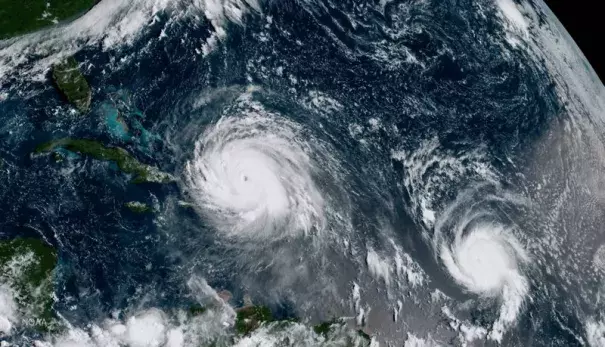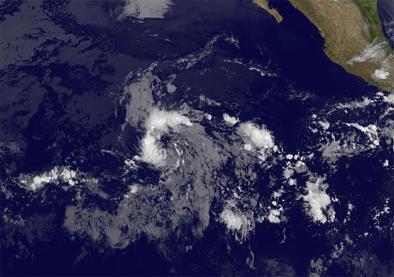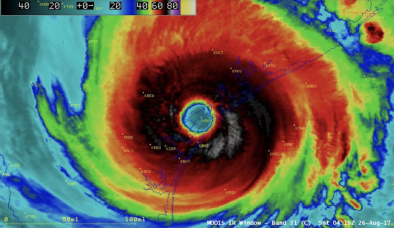Warm waters boosted 2017's major hurricane tally, study says

The Atlantic’s warmer waters triggered the unusual number of major hurricanes last year, according to a new study that predicts the region could see a couple of extra whopper storms each year by the end of the century.
Six major hurricanes — with winds of at least 111 mph (178 kph) — spun around the Atlantic last year, including Harvey, Irma and Maria which hit parts of the United States and the Caribbean. Since 2000, the Atlantic has averaged three major hurricanes a year. Before that the average was closer to two.
...
Warm water acts as fuel for hurricanes. Water has to be at least 79 degrees (26 degrees Celsius) for a storm to form. The warmer the water, the more it can resist forces that would cause it to weaken, said University of Miami hurricane researcher Brian McNoldy, who wasn’t part of the study.
Murakami found that a combination of natural conditions and man-made climate change made the waters warmer in one key area, which caused more major storms. That area is essentially a large box from south of Florida and north of South America, stretching all the way east to Africa.
...
Water in that large box — the main hurricane development region — averaged 0.7 degrees (0.4 degrees Celsius) warmer than normal for the entire 2017 season, which is unusual for a six-month time period, Murakami said.
Murakami’s study used computer simulations to isolate different climate conditions. Although his research showed both natural and human-triggered causes from the burning of coal, oil and gas, Murakami said he couldn’t separate them enough to see which was bigger.
...
Kevin Trenberth of the National Center for Atmospheric Research faulted Murakami’s study for not taking into account the large increase in ocean heat in deeper areas, which he said is also due to climate change.
Related Content




